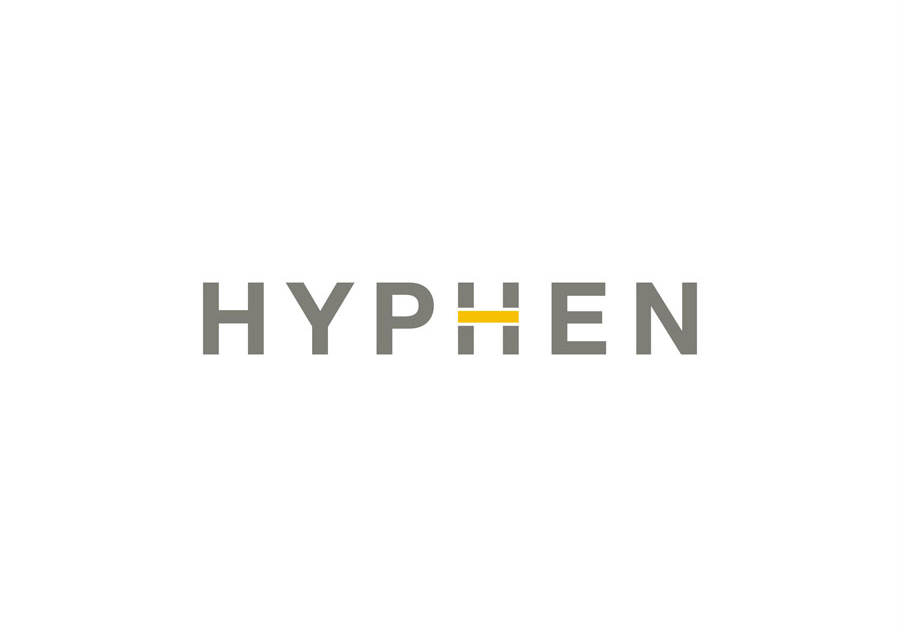Far from the most glamorous of punctuations, the mighty hyphen has been around since antiquity. Not to be confused with its close siblings the dash and the minus sign, it seems to be a fading symbol, becoming less and less popular as time passes. That being said, the hyphen is still quite prevalent in modern day English, but is tricky due to the subjective and changing nature of its usage. So prepare for a lesson about this small, yet very important punctuation mark.
History
The first recorded use of the hyphen’s ancestor dates back to Ancient Greece. The scholar Dionysius Thrax (no, he was not an evil wizard) used the punctuation known as enotikon to join two words that would normally be read separately. It was different than a hyphen, however, and was a low tie mark that was closer in appearance to an underscore. With the advent of the Roman alphabet, the enotikon became known as the hyphen.
With the Middle Ages came letter spacing, a technique used to make reading easier on the eyes, and the hyphen took on a new role. Still a low tie mark, the hyphen was instead used to connect words that had incorrectly been separated by a space. Unfortunately ink does not have the luxury of a backspace key, and paper was not as plentiful back then as it is now. This marked the first time that the hyphen was used to connect a word that had been broken up across lines.
Finally, the modern form of the hyphen came to be in 1455 with Johannes Gutenberg and his printing press. Due to the technical restrictions of the machine, Gutenberg was incapable of printing an underscore-style hyphen. As a result, the hyphen was placed in the middle of the line, resulting in its current position. Furthermore, because Gutenberg’s printing press printed in a justified manner - with 42 equal lines per page - the hyphen frequently appeared at the end of a line to connect words split across two lines. This allowed efficient use of vellum in the early days of printing. As we will cover below, efficiency is one of the primary uses of the modern day hyphen.
When can a hyphen separate words?
One of the two standard uses of hyphens is separating words, or parts of words. Below are the three main reasons you would use a hyphen to break a word up.
Line breaks and justification: This is the most common use of a hyphen, especially in publications such as newspapers or books. This hyphen mimics its historical usage, connecting words that have been split up between two lines. When text is justified, it means that there is an equal number of characters on each line, allowing for efficiency and massive savings, both of which are extremely important in the print industry. However the rules surrounding when it is okay to break a word up largely varies, and is impossible to put a general rule on.
Syllabification: As the name implies, this is the use of hyphens to section a word in syllables. In fact, syllabification might be a difficult word to say, even in your head, you let’s use hyphens to make it easier: syl-la-bi-fi-ca-tion. This usage of the hyphen is most often seen in dictionaries, as well as spelling and grammar modules, though does not see much use outside of these mediums.
Prefixes and suffixes: Here is where we encounter a grey area of hyphens. Prefixes and suffixes can be hyphenated, but only if a lack of hyphenation would hurt clarity. This specifically references the clarity of the first read, as if you were leisure reading, not having to go back over the word two or three times. This means that the use of a hyphen is extremely subjective. There are a good many words that do not require hyphens with a prefix, because the term has become so common that the prefix is not actually seen as separate. These include terms such as degrade and refresh. Alternatively, there are times when a hyphen is generally preferred for a certain term, such as co-worker (to avoid cow from catching the eye in coworker), and re-examine (where two of the same vowels would be next to one another).
But when is a hyphen used to join words?
It would not be a language tool if it did not have two, seemingly conflicting, purposes. Sometimes a hyphen can be used to join words together, rather than separate them. Here are the rules for using a hyphen to join words together.
Compound modifiers, except for adverb-adjective compounds: That rolls off the tongue. A compound modifier is a group of words that, when together, modify the meaning of another word. Examples include terms such as “well-respected gentleman”. If the hyphen was not there, a reader could infer that the gentleman was both well and respected, but perhaps not well-respected. Another example is “more-important reasons” which emphasizes importance, rather than “more important reasons”, which emphasizes quantity. The exception to this rule (of course there is an exception), is that a hyphen will not be used on the same compound modifier if it follows the word. Using the same example, one would write: The gentleman was well respected.
Object-verbal compounds: Yet another use of the hyphen to enhance clarity. One of my favourite examples for this use of the hyphen is “They were a group of alien-lovers”. This term means that the group loves aliens. Remove the hyphen to make them alien lovers, and one could take away that the group of lovers were foreign or strange to one another.
Miscellaneous compounds: It may seem unfair, but there are some words that are hyphenated just because they are. For example, lily-of-the-valley is a poisonous flower that seems to have hyphens just for the fun of it. Like many compounds that seem to follow no particular rule, the tendency is to move towards not using hyphens. These days, lily of the valley is the more common way of writing it. It does make some sense; since the hyphen is used (or avoided) to enhance clarity and readability, taking out a handful of superfluous hyphens is definitely easier on the eyes.
Suspended hyphens: Finally, hyphens are useful when listing off separate words that have the same base, but different prefixes or suffixes. These could include “pre- and post-apocalyptic” and “American-made and -produced”. This even extends to words whose prefixes have been closed up. Preoperative and postoperative becomes pre- and postoperative.
So there you have it! You may have thought that the lowly hyphen was uninteresting, a tool that seems boring at face value, but it actually has an interesting history and a multitude of rules. The rules aren’t easy to follow and a lot of them are rather subjective. But sometimes the beauty of the written word is how an author puts their own style into their work. So maybe the lowly hyphen will let you do a little bit of that.




